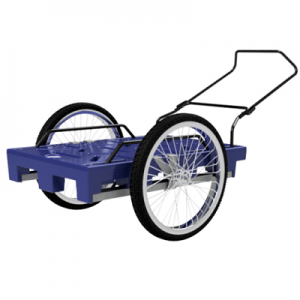
Agriculture
June 23, 2024
AguaPallet
Read SolutionImplemented by
LoooP Creative Ltd
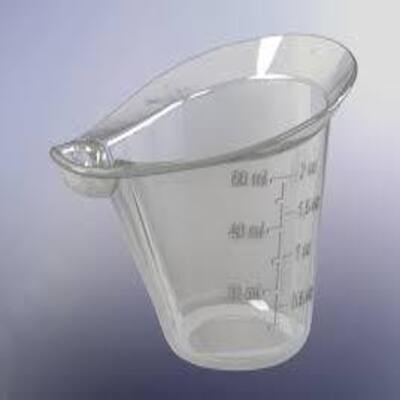
Updated on December 19, 2023
·Created on June 30, 2021
Neonatal Intuitive Feeding Technology Y, (NIFTY) cup is a 40 ml reusable cup made of silicone for feeding breast milk to newborns with difficulties in breastfeeding.
The Nifty cup is a simple, easy-to-clean, ergonomic, and affordable tool designed to optimize feeding and the efficient hand expression of breast milk to newborn preterm infants and other infants with breastfeeding difficulties. The cup’s reservoir and spout enables the baby to control the pace of the feeding and suckling like in normal breastfeeding.
Target SDGs
SDG 3: Good Health and Well-Being
Market Suggested Retail Price
$1.00
Target Users (Target Impact Group)
Community, Small and Medium-sized Enterprises, Public Sector Agencies, NGOs
Distributors / Implementing Organizations
Seattle Children's hospital, the University of Washington, Laerdal Global health and PATH, Saving lives at birth: The United States Agency for International Development (USAID), the Government of Norway, the Bill & Melinda Gates Foundation, Grand Challenges Canada, the U.K.’s Department for International Development (DFID), and the Korea International Cooperation Agency (KOICA).
Regions
Worldwide
Manufacturing/Building Method
The Nifty cup is manufactured in China. The product is made out of silicone rubber which is soft and easy to squeeze, prevents mouth injuries, and can also be boiled, making sterilization easy.
Intellectural Property Type
Trademark
User Provision Model
Users can purchase it from the manufacturer’s website
Distributions to Date Status
Up to today, they have sold 244,423 pieces of the cups worldwide.Interview with representative
Design Specifications
The Nifty cup is made with silicone rubber and is safe for food contact according to regulation 1935/2004. It has an operating temperature from -18 °C to +50 °C and a storage temperature from -40 °C to +60 °C. It has the following dimensions, mass: Approx. 23.5 g, and volume: 5 to 40 ml. The product can be disinfected by Steam autoclave at 136 °C for 10-20 minutes, Chemical disinfection with 0.5% chlorine solution for 20 minutes, and rinsed 3 times with clean water afterwards. It can also be boiled in water for 10 minutes.
Technical Support
Provided by the manufacturer through their contact page
Replacement Components
None
Lifecycle
The shelf-life of Nifty Cup is 3 years, and they hold a global warranty of 1 year from purchase. Interview with representative
Manufacturer Specified Performance Parameters
Manufacturer specified performance targets include: less spillage, greater caregiver satisfaction, and shorter duration of feeds.
Vetted Performance Status
The product’s performance was vetted against a standard medicine cup in a randomized trial in Ghana. It has been reported in the findings from the trials that mothers preferred the NIFTY cup to the medicine cup because it was easier for them to hand express breast milk into the NIFTY cup than by using a medicine cup. Generally, the NIFTY cup offered a greater feeding experience for both mother and baby.
Safety
The product is safe for users according to regulation 1935/2004
Complementary Technical Systems
None
Academic Research and References
M McKinney, Christy, Umamaheswari Balakrishnan, Binu Ninan, Robin Glass, Michael Cunningham, and Jyotsna Murthy. A Comparative Study of Two Infant Feeding Tools: The Nifty Cup and The Paladai. The Indian Journal of Pediatrics 87, no. 7 (2020): 505-511.
McKinney, Christy M., Gyikua Plange-Rhule, Daniel Ansong, Michael L. Cunningham, Irene Agyeman, and Patricia S. Coffey. A randomized crossover trial comparing the Nifty cup to a medicine cup in preterm infants who have difficulty breastfeeding at Komfo Anokye Teaching Hospital (KATH) in Kumasi, Ghana. PloS one 14, no. 10 (2019): e0223951.
Baer, Marissa. The Forgotten Tool of Breastfeeding Success: Cup-Feeding the Infant Who is Struggling to Breastfeed. PhD diss., 2020.
Girnary, S., Gilbertson, J., Liland, F., Linde, K. and Neuman, I., A Bundled Approach to Care for Small Babies. Laerdal Global Health.
Bannister, Patricia, and Noreen Clarke. Early Nutrition, Feeding and Management of Infants with an Oral Cleft. Global Cleft Care in Low-Resource Settings (2021): 45.
Compliance with regulations
The product is safe for food contact according to regulation 1935/2004 as indicated on the manufacturer’s website.
Evaluation methods
The product has been tested in clinical trials.
Other Information
None

Agriculture
June 23, 2024
Implemented by
LoooP Creative Ltd
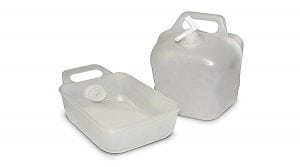
Agriculture
January 10, 2024
Implemented by
NRSRelief
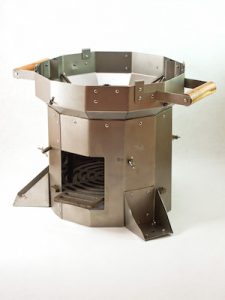
Agriculture
December 31, 2023
Implemented by
Potential Energy

Agriculture
June 22, 2024
Implemented by
World Bicycle Relief

Agriculture
June 8, 2024
Implemented by
ClickMedix
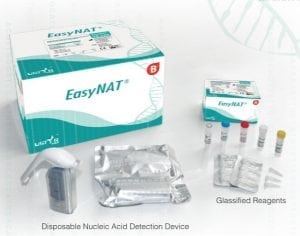
Agriculture
February 14, 2024
Implemented by
USTAR Biotechnologies (Hangzhou) LTD
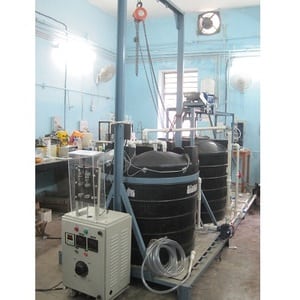
Agriculture
January 8, 2024
Implemented by
Gadgil Lab, University of California Berkeley
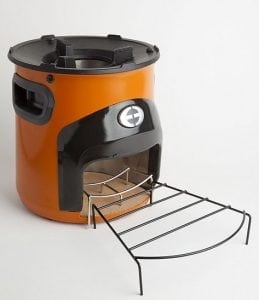
Agriculture
December 3, 2024
Implemented by
Envirofit International
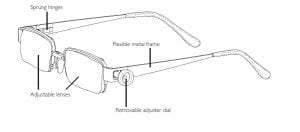
Agriculture
February 5, 2024
Implemented by
EyeJusters
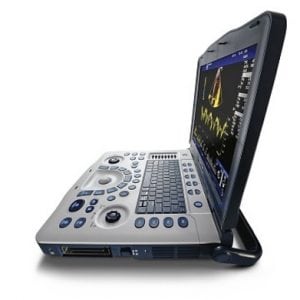
Agriculture
February 8, 2024
Implemented by
GE Healthcare
Have thoughts on how we can improve?
Give Us Feedback